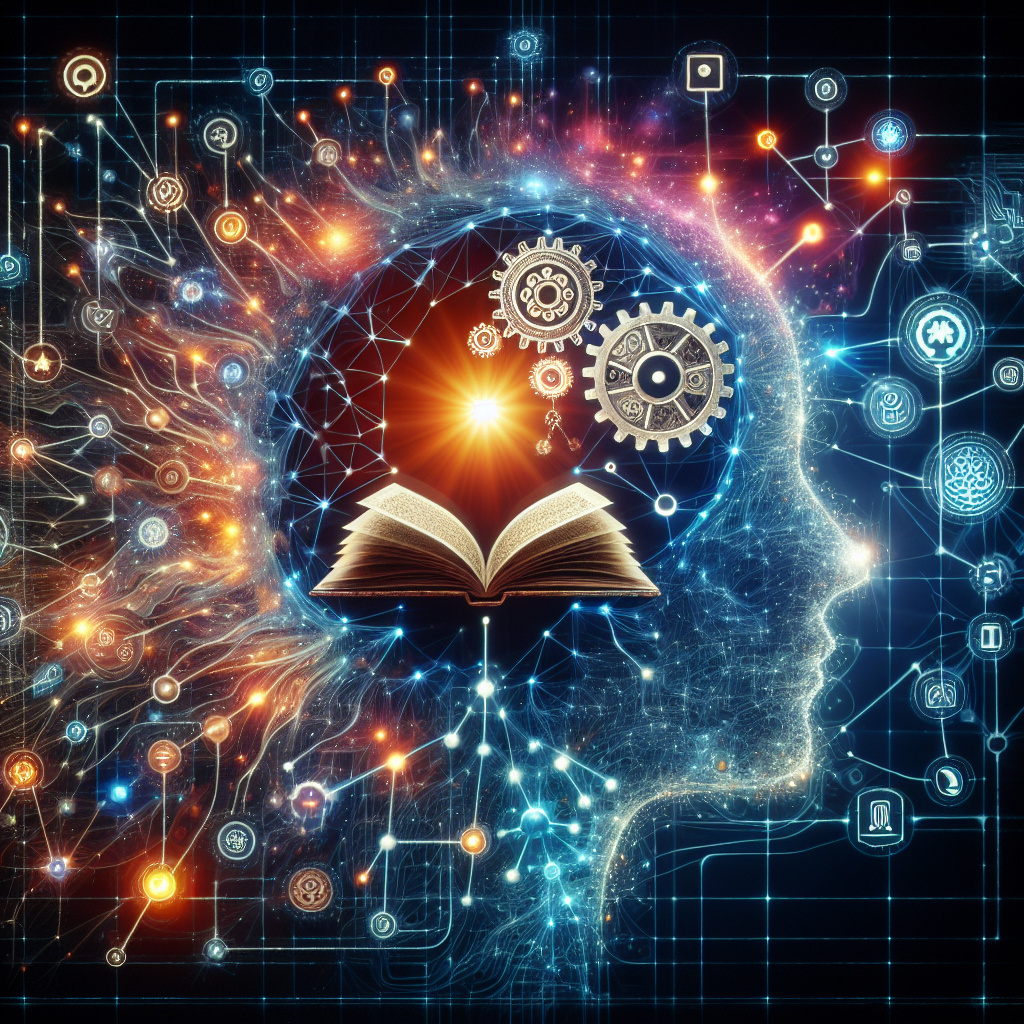Natural Language Processing (NLP) is a branch of artificial intelligence that focuses on the interaction between humans and computers using natural language. It is a field that is rapidly growing and revolutionizing the way we communicate with machines. NLP technology is being used in a wide variety of applications, from chatbots and virtual assistants to sentiment analysis and language translation. In this article, we will explore how NLP is changing the way we communicate and interact with technology.
One of the key benefits of NLP is its ability to enable machines to understand and interpret human language. This means that computers can now process and analyze text and speech in a way that was not possible before. NLP algorithms can extract meaning and context from language, allowing machines to understand the intent behind the words that are being used.
One of the most common applications of NLP is in the development of chatbots and virtual assistants. These tools use NLP to understand and respond to user queries in a natural and human-like way. By analyzing the language that users use, chatbots can provide more personalized and relevant responses, leading to a better user experience.
NLP is also being used in sentiment analysis, where machines analyze text to determine the sentiment or emotion behind it. This can be useful for businesses to understand how their customers feel about their products or services, and to tailor their marketing strategies accordingly. Sentiment analysis can also be used in social media monitoring to track public opinion on certain topics or brands.
Another area where NLP is making a big impact is in language translation. NLP algorithms can now translate text from one language to another with a high degree of accuracy. This has made it easier for people to communicate across language barriers, and has opened up new opportunities for businesses to reach global audiences.
Overall, NLP is revolutionizing the way we communicate with technology by enabling machines to understand and interpret human language in a way that was not possible before. This has opened up new possibilities for businesses and individuals to interact with technology in a more natural and intuitive way.
FAQs:
Q: What are the main challenges in natural language processing?
A: One of the main challenges in NLP is the ambiguity and complexity of human language. Natural language is full of nuances, slang, and cultural references that can be difficult for machines to understand. Another challenge is the lack of large, annotated datasets for training NLP models, which can make it difficult to achieve high levels of accuracy.
Q: How does NLP work?
A: NLP works by using algorithms to analyze and interpret human language. These algorithms can extract meaning and context from text or speech, allowing machines to understand the intent behind the words that are being used. NLP models are typically trained on large datasets of text to learn patterns and relationships in language.
Q: What are some examples of NLP applications?
A: Some examples of NLP applications include chatbots, virtual assistants, sentiment analysis, language translation, text summarization, and speech recognition. NLP is also used in search engines, spam filters, and language modeling.
Q: How is NLP being used in business?
A: NLP is being used in business in a variety of ways, such as in customer service chatbots, sentiment analysis for market research, language translation for global communication, and text analysis for social media monitoring. NLP can help businesses better understand their customers, improve communication, and make more informed decisions.
In conclusion, Natural Language Processing is revolutionizing the way we communicate with technology by enabling machines to understand and interpret human language in a more natural and intuitive way. NLP technology is being used in a wide variety of applications, from chatbots and virtual assistants to sentiment analysis and language translation. As NLP continues to advance, we can expect to see even more innovative ways in which this technology will reshape the future of communication.

